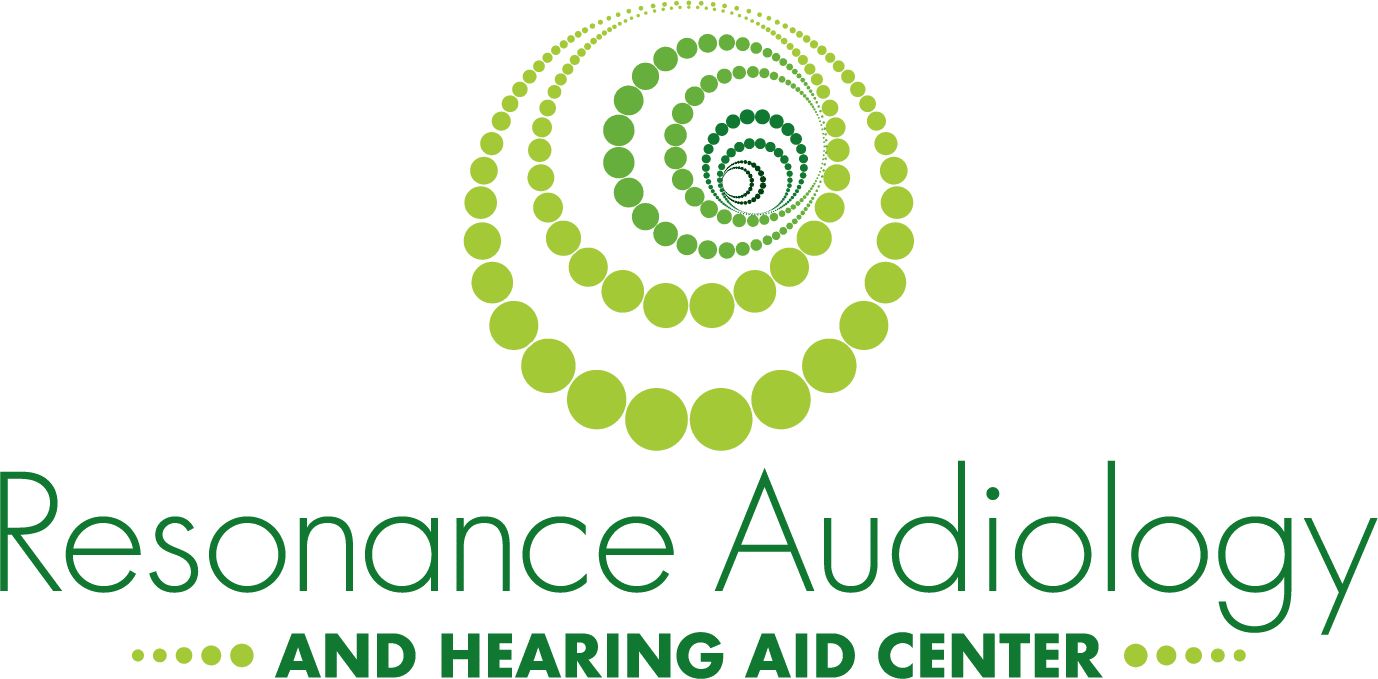What Is Tympanometry and Why Is It Used?
Figuring out the type and cause of hearing loss can be like trying to solve a puzzle – and for that many hearing tests need to be performed.
Tympanometry is one of the methods that can help diagnose and monitor disorders leading to hearing loss, especially in children.
Tympanometry can determine whether someone’s hearing loss can be improved by hearing aids, or whether a medical treatment is an option to treat the loss.
The Test Can Tell Your Doctor If There’s:
- Fluid in the middle ear
- Otitis media (middle ear infection)
- A perforation (tear) in the eardrum
- A problem with the Eustachian tube (the tube that links the upper part of the throat and nose with the middle ear)
The results are detailed on a graph called a tympanogram. The information represented in the tympanogram offer additional insight into middle ear function, especially Eustachian tube. The test can detect problems in the middle ear, located behind the tympanic membrane (eardrum), by measuring the movement of the tympanic membrane in response to changes in pressure.
The test starts with a visual inspection of the ear canal and eardrum using a lighted scope (otoscope) placed in the ear. Next, a probe with a flexible rubber tip is placed in the ear, which will cause the air pressure in the ear canal to change as some low-pitched tones are heard. This feels similar to the pressure changes during a plane takeoff and landing. During the changes in pressure, measurements of the eardrum’s movement are taken and recorded.
Why Is Tympanometry Used?
Yes, hearing loss can happen at any age, and even though the signs may be subtle in the beginning, it can gradually and often over many years develop into a serious condition. A hearing test and professional screening will offer answers and help with awareness about the hearing risks and challenges.

In children, tympanometry is usually performed to record or rule out the presence of fluid in the middle ear, a middle ear infection, a perforation in the eardrum or Eustachian tube dysfunction.
While it may seem unnecessary if a child has normal hearing, the test can provide valuable information regarding fluid or middle ear concerns.
The most common cause of an abnormal tympanogram is the presence of fluid behind the eardrum, in the middle ear space, as it prevents the eardrum from moving and transmitting sound properly.
For adults and children who need medical clearance for hearing aids, the tympanogram gives an important report.
Fluid in the middle ear is a nearly always temporary and medically treatable condition. Hearing aids may be needed to correct the hearing loss, but to determine the best course of action you should consult with a physician and hearing health professional.
Expert audiologists in Lancaster PA at Resonance Audiology & Hearing Aid Center, LLC are here to help with tympanometry and selecting the most suitable hearing aid to best fit your child’s or your needs.
Contact us at one of our two offices in Lancaster and New Holland and let our audiologist Lancaster PA assist you with various hearing tests and treatment solutions for you or your loved one.
